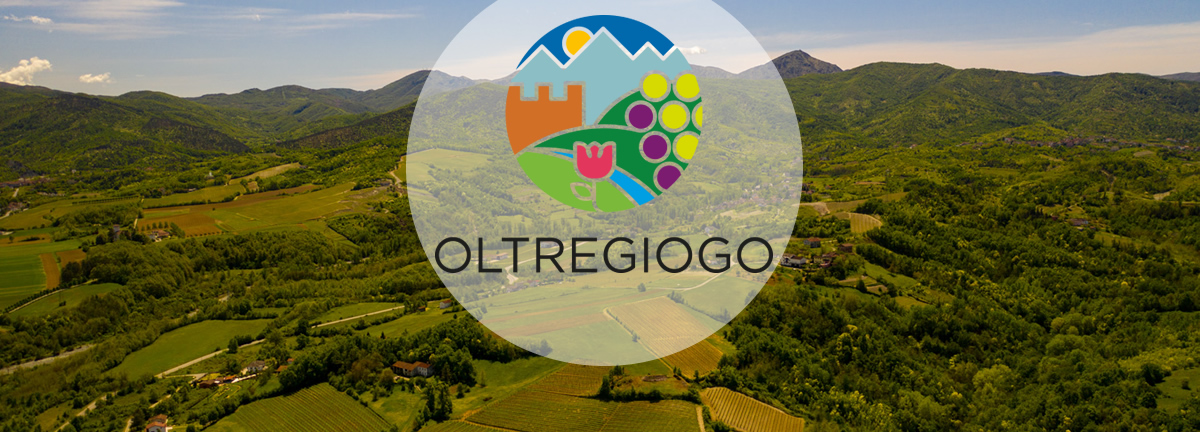The Trallallero is a form of traditional singing, polyvocal ad instrumental imitation (rhythmic, with guitar voice) handed down orally, consisting of 5 real voices.
It is created by a group of male voices who come together in formations called singing teams: the number of members is variable. Today it is around 10 people.*The singers are called “canterini” and they sing in a closed circle.
The team is made up of 4 soloists and a group of basses: the first voices are alto (or contralto), the tenor (or primmo) the baritone (or double bass) and guitar voice (a chitara).
The first, being a male contralto, sings with a leading voice in falsetto, with an artificial, almost magical timbre that gives Trallallero the first of the colours of its rich palette, which has in recent times, as an exception to the general rule, been supported by female voices.
The second, tenor, is the one who, in the traditional repertoire, intones and begins the singing.
The baritone has a particular role, divided between rhythmic support and melodic function: often dialogues with the “guitar” voice, the only voice that does not pronounce words, but only syllables for example; du dud du.
The bass drone is the one that supports the song and sometimes combines the “singable” basses, generally in songs or pieces of operettas harmonized to the Trallallero.
THE REPERTOIRE
The Trallallero is a traditional repertoire piece, handed down orally, always being anonymous, the verses almost always in Italian, more or less enriched with dialectical terms, generally made up of one or two quatrains, lines 6 to 8 syllables, mostly A-B-B-C followed by the trallallero (musical and not spoken part).
A good part of the repertoire is represented by pieces by singer-songwriters, these are songs, mostly in the Genoese dialect, included in the team singing in the 1920s.
THE HISTORY
There is nothing certain about the origins of this urban leisure time singing style. The most plausible hypothesis connects the birth of the Trallallero to church singing, essentially based on two facts.
The presence of the male contralto, as a continuation in the profane area (taverns where women could not enter), male contralto and soprano voices in the Genoese choirs between 15th and 17th centuries.
The second fact is the circular arrangement of the singers present in some Ligurian and Corsican brotherhoods.
In fact, in the Corsican brotherhoods sacred song is part of their tradition and existence, while our brotherhoods use the oratories and the “wooden Christs”, which the Corsican brotherhoods do not use.
This unique and magical song was probably born around a tavern table and is still a living tradition even if today with only 5 singing teams, compared to the ninety of the first years of the 1900s.
Link utili
